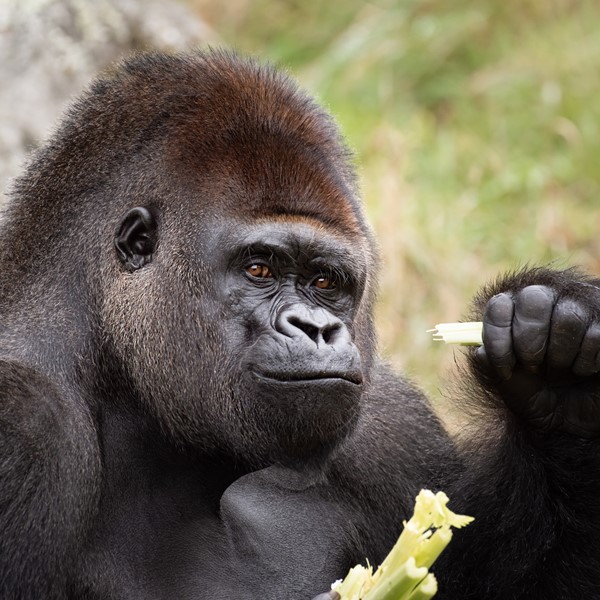Durrell Helping Safeguard Species: Top Ten Bird Species Benefitting from Zoos and Aquariums
Durrell is helping to safeguard the future of half of the top ten bird species benefitting from work done by zoos and aquariums.
The British and Irish Association of Zoos and Aquariums (BIAZA), which promotes the values of good zoos and aquariums, has compiled a list of the top ten birds benefitting from the work of zoos and aquariums in the UK and Ireland and Durrell work with five of the species on the list, playing a significant role in helping to protect the Northern bald ibis, Madagascar pochard, Edwards’s pheasant, Blue-crowned laughing thrush and the Bali starling.
In 2006, there were only 20 Madagascar pochards left in the wild. Durrell instigated a captive breeding programme in partnership with the Wildfowl and Wetlands Trust and there are now around 100 birds in captivity and plans are in place to re-introduce them as early as next year.
Durrell has also been instrumental in helping to create a safety-net population of the critically endangered Bali starling. The wildlife park has been home to the species since the early 1970's and has twice sent birds back to Indonesia to join a captive breeding programme.
David Jeggo, Head of Durrell's Bird Department said, "Zoos can do so much to help birds, as the BIAZA report demonstrates. It's great to see Durrell's contribution to this - we hold half of the species listed in the report in our collection, all of which are critically endangered. This is a big achievement, especially for such a small organisation."
Dr Kirsten Pullen, CEO of BIAZA, said, “This year’s Top Ten report is the fourth in a series which highlights the contribution of good zoos and aquariums to the conservation of the natural world. This time, the focus is on birds.
“Zoos and aquariums are an active part of the global conservation community. They can marry up active field conservation with the ‘Ark Concept’ of captive breeding programmes.
“The birds in our latest Top Ten report are all species that are reliant on captive breeding to complement field initiatives.”
Strict criteria were used to select the top ten. All the birds proposed had to be associated with current field initiatives by zoos and/or essential conservation breeding in zoos.
Particular importance was placed on initiatives which included a management role in the species’ conservation, rather than just providing funds. Priority was also given to species listed as threatened on the international IUCN Red List of threatened species.
The top ten list demonstrates the importance of zoos and aquariums not only for conservation breeding of safety-net populations, but also for their contribution to funding and management of conservation projects in the field, including research, education and support for local communities, as well as protection of crucial wildlife habitats.
BIAZA’s top ten bird species benefitting from zoos and aquariums are:
African penguin
Numbers are plummeting in the wild due to oil spills, overfishing, shifts in food availability and human disturbance.
Bali starling
These are seen as very desirable cage birds, and illegal trapping has brought them to virtual extinction in the wild.
Blue-crowned laughing thrush
The zoo population of this Chinese bird equates to 50% of the total global population.
Ecuadorian Amazon parrot
With fewer than 600 individuals left, its survival relies on the protection of remaining wild populations and their habitats.
Edwards’s pheasant
There is a small captive population, but it has never been seen or studied by a scientist in the wild.
Madagascar pochard
Just 20-25 Madagascar pochard now survive in the wild.
Northern bald ibis
Pesticide poisoning has had a devastating effect on their numbers. The BIAZA community is working together to ensure a genetically diverse bloodline within the captive population.
Oriental white-backed Vulture
Species restoration has been made possible by zoo-based expertise and funding.
Socorro dove A classic island species, numbers have been devastated by man-introduced pests like rats, cats and goats. Captive breeding has saved it from total extinction.
Visayan tarictic hornbill
Two BIAZA zoos are actively supporting in-situ work to save and restore the wild habitat of this species.
*This list is in alphabetical order*



 Mammals
Mammals Birds
Birds Amphibians
Amphibians Reptiles
Reptiles

